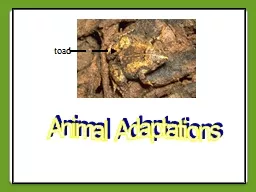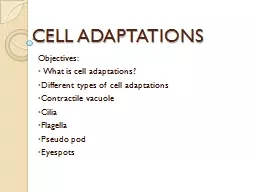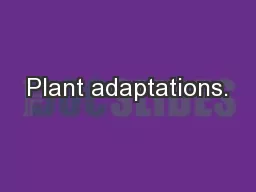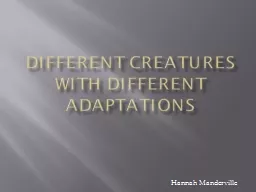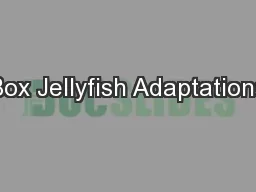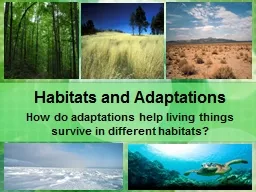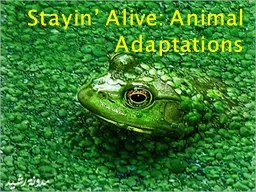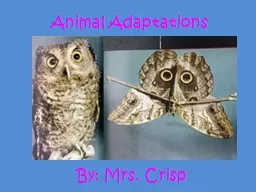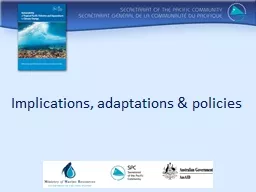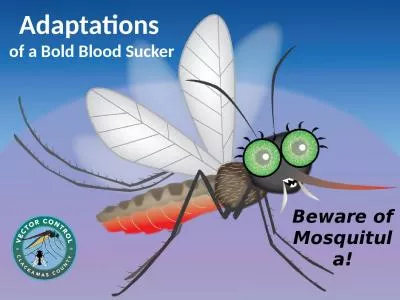PPT-Adaptations of
Author : test | Published Date : 2016-07-26
William Shakespeares The Tempest 24 April 2014 Joshua Wilkey Kelli Glenn Kevy Nelson Sebian Mull Jessie Shearin Logan Costner Meghan Suminski Megan Elmore
Presentation Embed Code
Download Presentation
Download Presentation The PPT/PDF document "Adaptations of" is the property of its rightful owner. Permission is granted to download and print the materials on this website for personal, non-commercial use only, and to display it on your personal computer provided you do not modify the materials and that you retain all copyright notices contained in the materials. By downloading content from our website, you accept the terms of this agreement.
Adaptations of: Transcript
Download Rules Of Document
"Adaptations of"The content belongs to its owner. You may download and print it for personal use, without modification, and keep all copyright notices. By downloading, you agree to these terms.
Related Documents


